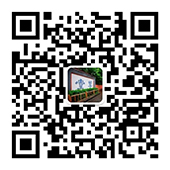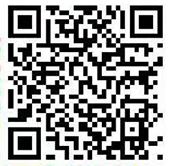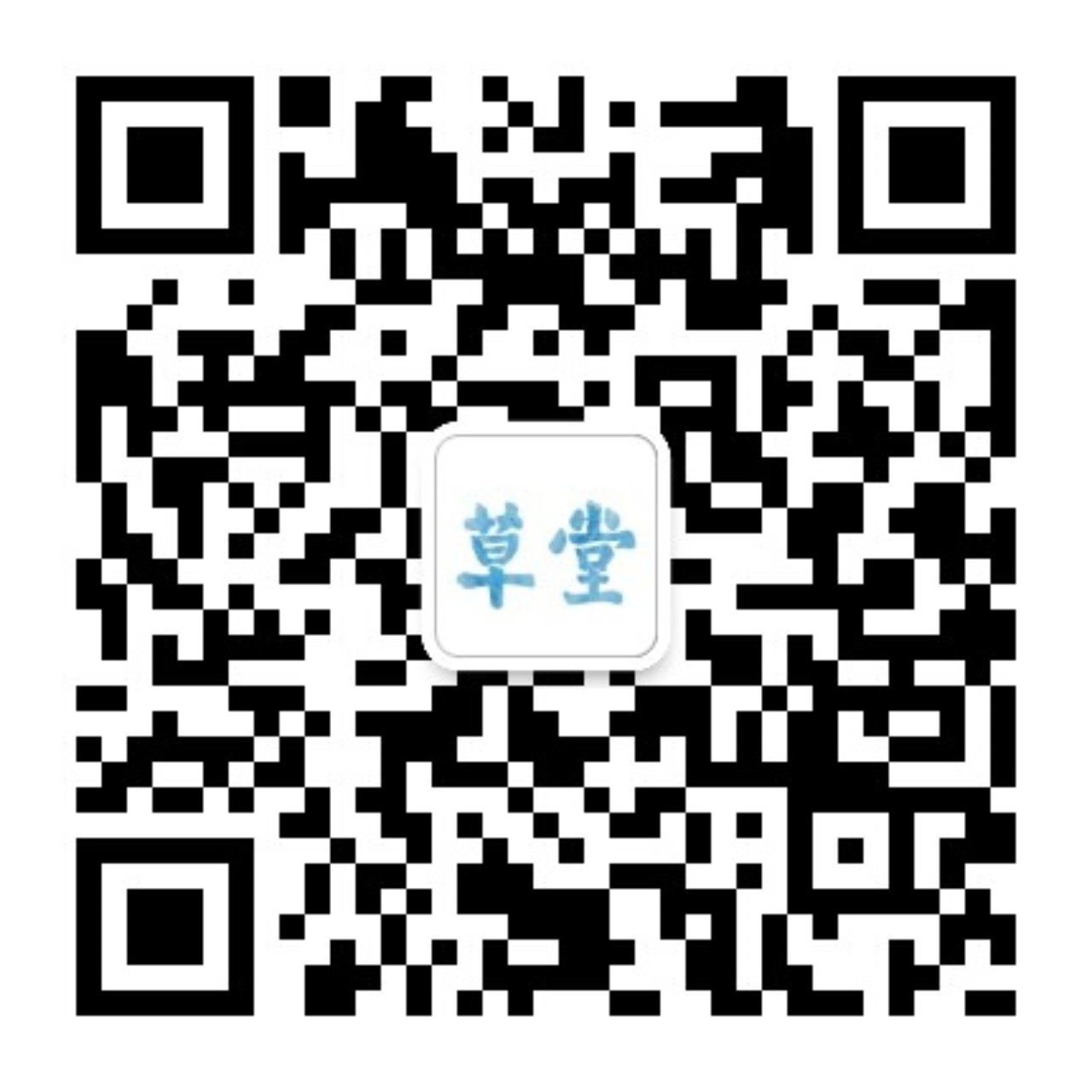


loading...


The Tang Dynasty Site Exhibition Hall in the north preserves a 420m2 archaeological site, where an abundance of utensils (both intact and damaged), dozens of Kaiyuan Tongbao currencies, and more importantly, relics revealing people’s life in the Tang Dynasty including three wells, eight house sites, one oven pit, five cellar pits, nine ash pits and four ditches were unearthed. From the excavation site that proves structures here were mostly built with materials abandoned from old temples and covered with thatched roofs, we can infer that residents here must be grassroots civilians. As recounted in Du Fu’s poems, this was a rural neighborhood of farmers, fishermen and countrymen. Therefore, the living conditions presented here are exactly as described in his poems.
Objects unearthed from the Site are basically daily utensils, among which the ceramic wares were crudely made, proving again that Du Fu and his neighbors lived a poor life at that time. Recreational objects, such as ceramic beads and chess pieces, remind us of the scene portrayed in Du Fu’s verse “My old wife drew a chessboard on paper”.
In addition, a pagoda tablet dedicated to a monk in the Tang Dynasty that inscribed with the Pagoda Inscription and Introduction for Late Master Xinggan of Zhengjue Temple in Yizhou was discovered. As the only relic unearthed with texts and exact year information, it’s displayed at the right side of the Exhibition Hall. The tablet was engraved in the third year (687) of the Chuigong Period under Empress Wu Zetian’s reign. 64cm tall, 55cm wide and 8.7cm thick, the tablet was broken into three pieces when unearthed, and once used as the lid of Well No. 3. Since the side with inscription faced down, the inscription on the tablet survived the damage. Written with regular script, it’s an invaluable piece of calligraphy of the Tang Dynasty. The inscription was basically complete and recognizable, but its last part was eroded, making the author and engraver’s names illegible. As the earliest extant inscribed tablet in the Chengdu Du Fu Thatched Cottage Museum, it boasts great historical, cultural and artistic values and serves as convincing evidence that Du Fu indeed briefly lived here in the Thatched Cottage Temple upon his arrival in Chengdu.
Excavation of the Tang Dynasty Site and its relics not only confirms the historical fact of successive renovations on its original site, but also offers crucial materials for enriching display content and studying the history of the Thatched Cottage and the social-economic conditions and people’s living conditions in Chengdu region during the Tang Dynasty.
The Tang Dynasty Site Exhibition Hall in the north preserves a 420m2 archaeological site, where an abundance of utensils (both intact and damaged), dozens of Kaiyuan Tongbao currencies, and more importantly, relics revealing people’s life in the Tang Dynasty including three wells, eight house sites, one oven pit, five cellar pits, nine ash pits and four ditches were unearthed. From the excavation site that proves structures here were mostly built with materials abandoned from old temples and covered with thatched roofs, we can infer that residents here must be grassroots civilians. As recounted in Du Fu’s poems, this was a rural neighborhood of farmers, fishermen and countrymen. Therefore, the living conditions presented here are exactly as described in his poems.
Objects unearthed from the Site are basically daily utensils, among which the ceramic wares were crudely made, proving again that Du Fu and his neighbors lived a poor life at that time. Recreational objects, such as ceramic beads and chess pieces, remind us of the scene portrayed in Du Fu’s verse “My old wife drew a chessboard on paper”.
In addition, a pagoda tablet dedicated to a monk in the Tang Dynasty that inscribed with the Pagoda Inscription and Introduction for Late Master Xinggan of Zhengjue Temple in Yizhou was discovered. As the only relic unearthed with texts and exact year information, it’s displayed at the right side of the Exhibition Hall. The tablet was engraved in the third year (687) of the Chuigong Period under Empress Wu Zetian’s reign. 64cm tall, 55cm wide and 8.7cm thick, the tablet was broken into three pieces when unearthed, and once used as the lid of Well No. 3. Since the side with inscription faced down, the inscription on the tablet survived the damage. Written with regular script, it’s an invaluable piece of calligraphy of the Tang Dynasty. The inscription was basically complete and recognizable, but its last part was eroded, making the author and engraver’s names illegible. As the earliest extant inscribed tablet in the Chengdu Du Fu Thatched Cottage Museum, it boasts great historical, cultural and artistic values and serves as convincing evidence that Du Fu indeed briefly lived here in the Thatched Cottage Temple upon his arrival in Chengdu.
Excavation of the Tang Dynasty Site and its relics not only confirms the historical fact of successive renovations on its original site, but also offers crucial materials for enriching display content and studying the history of the Thatched Cottage and the social-economic conditions and people’s living conditions in Chengdu region during the Tang Dynasty.

Location: No. 37, Qinghua Road, Qingyang District, Chengdu City [Online Map]
Tel::028-68921800(Ticket Consultation)
Tel:028-87327392(Emergency Rescue)